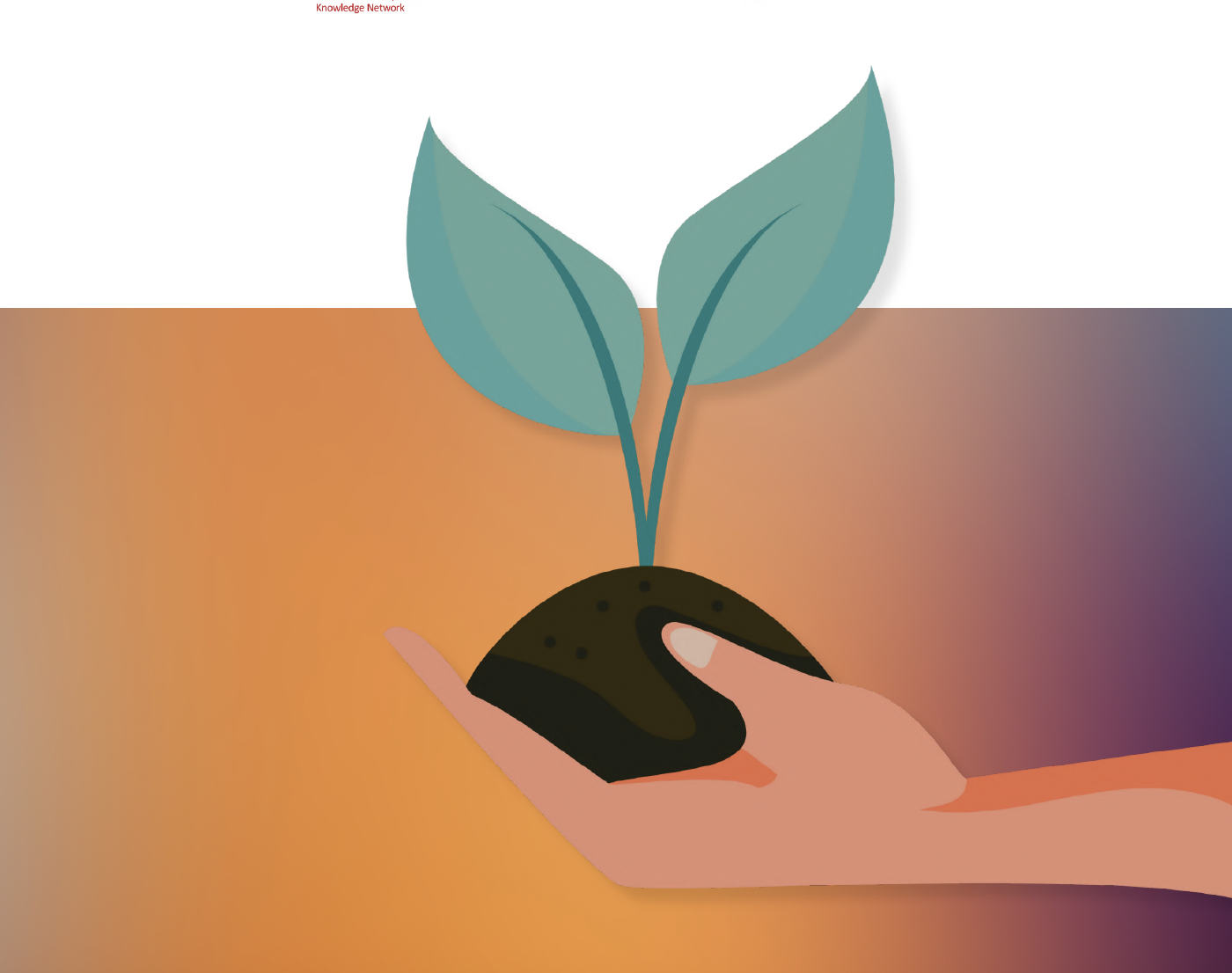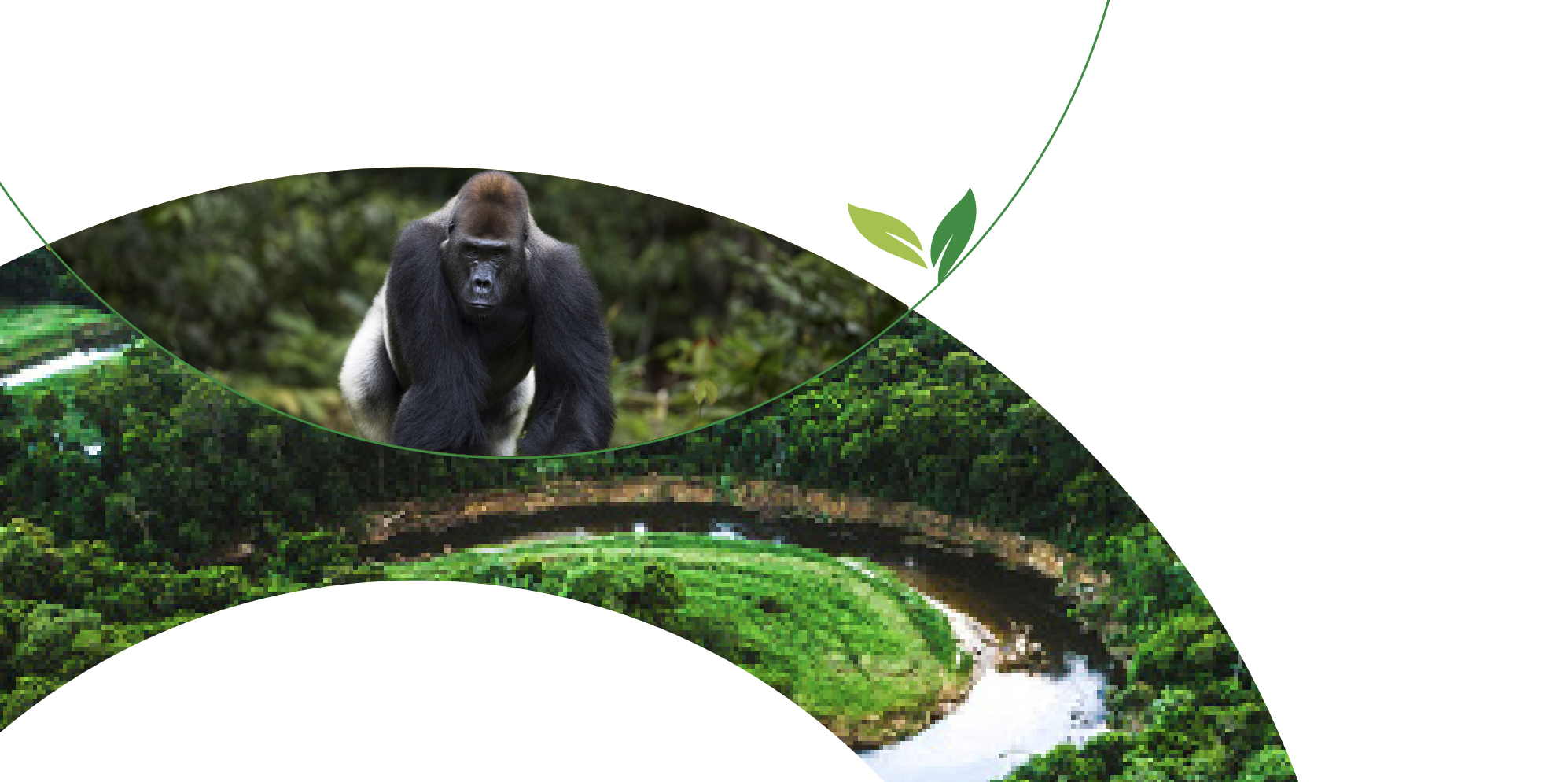Questions During the restoration of bare subsoil, are planted grassland communities with low species richness more susceptible to invasion by non-residents than communities augmented by additional species? What are the mechanisms of invasion resistance in early succession? Location Lexington, Virginia, USA (37.8°N, −79.4°W). Methods We planted 62 3 × 3 m plots on compacted clay subsoil with 20–21 replicates of three, 12, and 24 native species. Plots were sampled non-destructively using a stratified random point-intercept method each summer for 5 yr to determine the number of species and percentage cover per species, which were classified as residents (planted), internal non-residents (planted in other plots), or external non-residents. Results in A negative relationship between planted species richness and invasion developed by the fourth year after planting and strengthened thereafter. Plots consisting of a single, highly dominant, resident C3 grass species were vulnerable to invasion. With the exception of one species, which seems to have overcome resistance with a high seed rain, external non-resident species were less diverse and less abundant in higher diversity plots. Conclusions Increased planted species richness was correlated with increased resistance to invasion by non-residents, and we attribute this effect to a combination of the sampling effect and species complementarity, potentially augmented by high species dominance/low evenness in the low species richness plots.
Plant species richness increases resistance to invasion by non-resident plant species during grassland restoration
Year: 2013
































































































































































































































































































































































































































































































































































































































































































































































































































































































































































































































